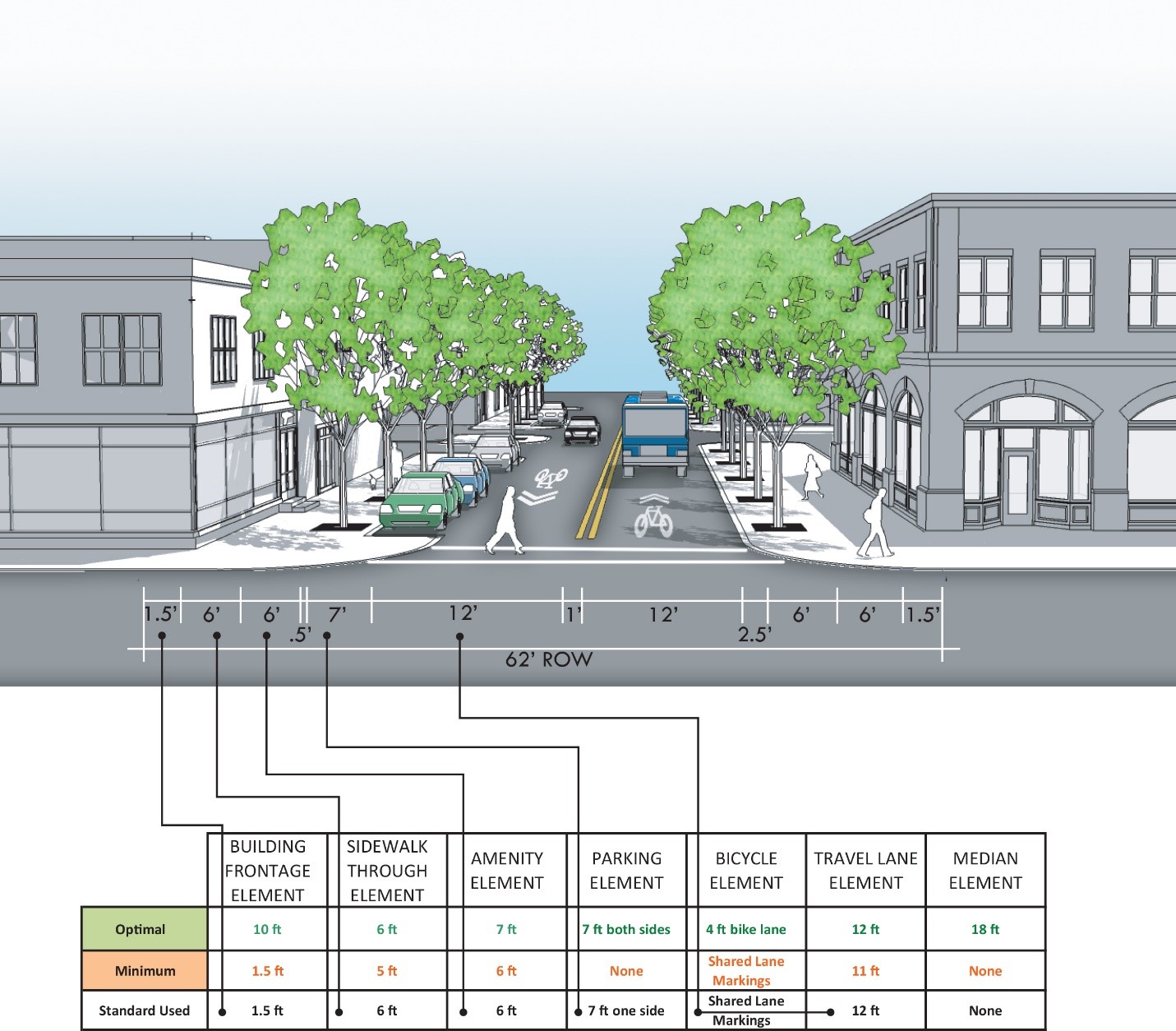In 2013, the Virginia Department of Rail and Public Transportation (DRPT) developed the Multimodal System Design Guidelines – a comprehensive resource that established a common language and best practices for planning and designing multimodal streets and places. The Guidelines bridged Virginia’s statewide multimodal policy priorities with local level implementation efforts through a systematic approach tailored to the Virginia context that reflected the latest national guidance from industry-leading organizations. EPR’s Vlad Gavrilovic and Jessica Dimmick led all elements of and authored the 2013 Guidelines under Renaissance Planning Group. In July 2013, the Virginia Chapter of the American Planning Association recognized the Guidelines with an award for outstanding multimodal design work.
Since 2013, multimodal planning has evolved with increasing speed with new approaches for transit, bicycle and pedestrian facilities. NACTO, AASHTO, ITE, and FHWA have published new guidebooks for on- and off-road bicycle treatments, dedicated transit facilities on different types of urban streets, curbside management, and evolving into an autonomous future. Dockless bike shares, scooters, and micro-transit initiatives have joined the repertoire of options for shared mobility. Funding and prioritization for multimodal project has drastically changed.
EPR is currently updating the Multimodal System Design Guidelines to reflect these advances in multimodal planning and design. EPR is revising the methodology for multimodal corridor design to incorporate the latest transit, bikeway, and street design guidance from NACTO, FHWA, AASHTO, and ITE and address the latest multimodal mobility trends and technologies. EPR has researched new case studies and is developing new examples for applying the Guidelines within a constrained right-of-way. EPR is working with AECOM on this effort.


